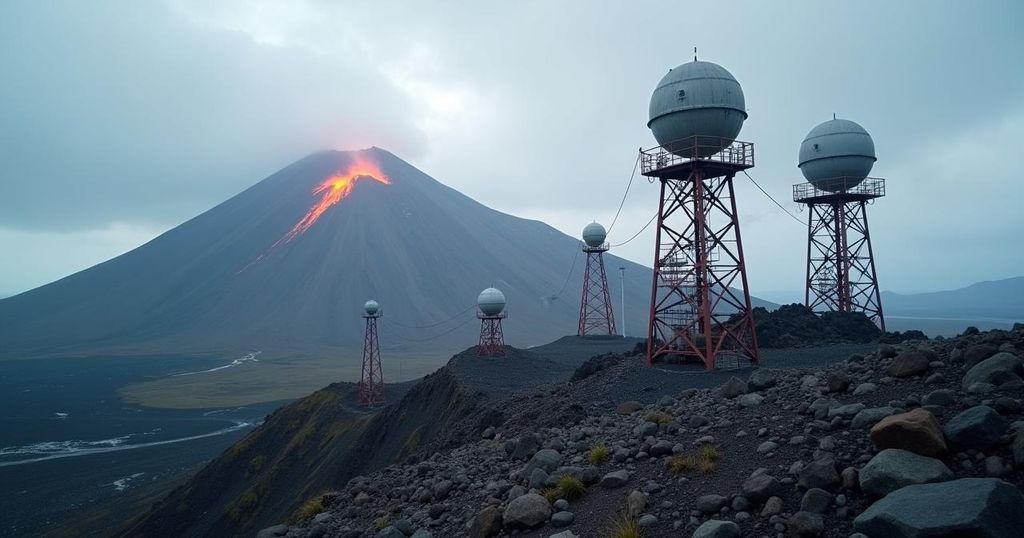Increased Seismic Activity at Mount Adams Leads to Urgent Monitoring Enhancements
Scientists have detected an unusual spike in seismic activity at Mount Adams, Washington, prompting the installation of three temporary monitoring stations to assess the situation. Historically, this volcano has shown rare but significant activity, and researchers aim to enhance understanding and response capabilities to ensure public safety.
In response to a significant increase in seismic activity at Mount Adams, Washington, scientists have announced the deployment of additional monitoring equipment. This volcano, which typically experiences earthquakes every two to three years, recorded an unprecedented six seismic events in September 2024, marking the highest monthly total since monitoring began in 1982. Currently, there is only one permanent seismic monitor in the vicinity. To address this surge in activity, researchers plan to install three temporary monitoring stations around Mount Adams, enabling a more detailed assessment of the current situation. The United States Geological Survey (USGS) Cascades Volcano Observatory stated that, at present, there is no cause for alarm concerning the earthquake activity. Data collected from these new instruments will help determine whether further precautionary measures are necessary by the USGS and the Pacific Northwest Seismic Network. Mount Adams, located in south-central Washington and recognized as a “high-threat” volcano, is the second highest peak in the state. Its volatile status is assessed based on historical eruption patterns and potential implications for local communities and infrastructures. According to USGS insights, the most significant threat to nearby residents arises from lahars, which are destructive flows of rock, ash, and ice that can occur even in non-eruptive phases. Historical lahars have traveled considerable distances, particularly after landslides on the volcano’s southwestern side. While explosive eruptions are infrequent—having last occurred between 3,800 to 7,600 years ago—the large size and volume of Mount Adams categorize it as the largest active volcano in Washington.
Mount Adams is situated in the Cascade Range of south-central Washington, approximately fifty miles southwest of Yakima and thirty miles north of landmarks such as the White Salmon-Hood River area. Designated as a potentially active stratovolcano, it has a historical eruption record that reveals long dormancies, with the last significant activity occurring millennia ago. However, its classification as a “high-threat” volcano is derived from the analysis of both historical eruptions and the impact of associated hazards, such as lahars, that could pose risks to the surrounding population and infrastructure. Current monitoring efforts are crucial for understanding the implications of recent seismic activity and ensuring public safety.
The deployment of additional monitoring stations at Mount Adams is a proactive measure in response to the unusual seismic activity observed in September 2024. While there is currently no immediate concern regarding potential eruptions, scientists will utilize the new data to assess the volcano’s current status and evaluate the need for further interventions. Given Mount Adams’ historical activity and potential hazards, consistent monitoring remains vital for safeguarding local communities.
Original Source: www.fox13seattle.com




Post Comment